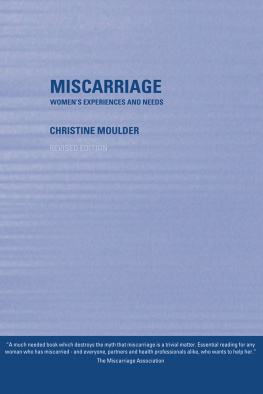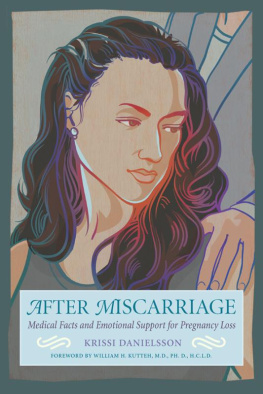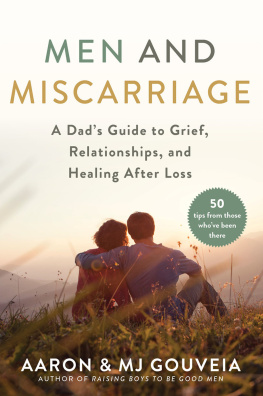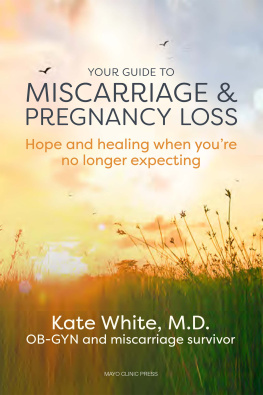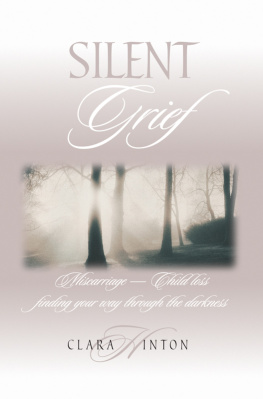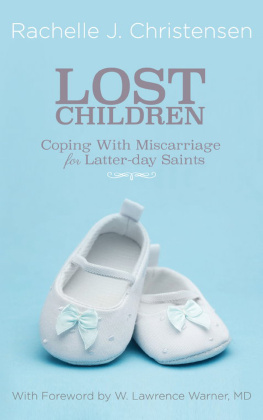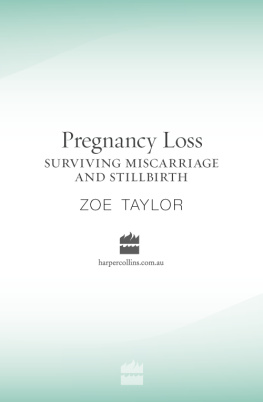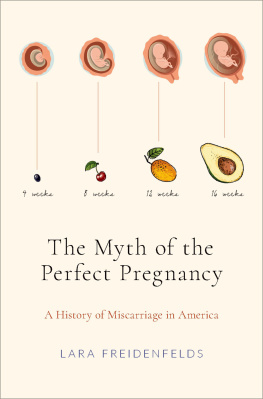
Miscarriage
Approximately one in four pregnancies ends in miscarriage yet for each woman it is a deeply personal experience. This sympathetic and supportive book explores the many different ways in which women physically experience miscarriage and emotionally react to it. Drawing on the experiences of over 350 women, it will help every woman who has miscarried make sense of her loss and find her own way of coping with the confusion that frequently follows.
Every aspect of miscarriage is covered including difficult issues that are often avoided such as:
- the nature of the loss: tissue, embryo, foetus or baby?
- guilt about an earlier abortion
- explaining miscarriage to other children
- the effect of miscarriage on a relationship
- returning to work after miscarriage
- coping with repeated miscarriages.
Miscarriage also provides good practice guidelines for professionals based on what women themselves say they find helpful. Professionals who want to evaluate their own practice or develop the service they offer will find this an invaluable book.
Christine Moulder is a Research Fellow at the University of Sussex and a qualified social worker with experience of working in the NHS, she is an advisor to the Miscarriage Association and to the Stillbirth and Neonatal Death Society (SANDS). She knows from personal experience the distress miscarriage can bring.
Also available by Christine Moulder: Understanding Pregnancy Loss: Perspectives and Issues in Care.
Miscarriage
Womens experiences and needs
Christine Moulder

First published 2001 by Routledge
Published 2016 by Routledge
2 Park Square, Milton Park, Abingdon, Oxon OX14 4RN
605 Third Avenue, New York, NY 10017, USA
Routledge is an imprint of the Taylor & Francis Group, an informa business
2001 Christine Moulder
The right of Christine Moulder to be identified as the Author of this Work has been asserted by her in accordance with the Copyright, Designs and Patents Act 1988
Typeset in Sabon by Keystroke, Jacaranda Lodge, Wolverhampton
All rights reserved. No part of this book may be reprinted or reproduced or utilised in any form or by any electronic, mechanical, or other means, now known or hereafter invented, including photocopying and recording, or in any information storage or retrieval system, without permission in writing from the publishers.
Notices
Practitioners and researchers must always rely on their own experience and knowledge in evaluating and using any information, methods, compounds, or experiments described herein. In using such information or methods they should be mindful of their own safety and the safety of others, including parties for whom they have a professional responsibility.
Product or corporate names may be trademarks or registered trademarks, and are used only for identification and explanation without intent to infringe.
British Library Cataloguing in Publication Data
A catalogue record for this book is available from the Bristish Library
Library of Congress Cataloging in Publication Data
ISBN-13: 978-0-415-25488-5 (hbk)
ISBN-13: 978-0-415-25489-2 (pbk)
DOI: 10.4324/9781315012872
Publishers Note
The publisher has gone to great lengths to ensure the
quality of this reprint but points out that some
imperfections in the original may be apparent
For Tom & Ellie
Contents
Acknowledgements
For the first edition
In many ways this book is a collective effort. Although the responsibility for the final manuscript is mine, many people have contributed and I would like to thank them. Most of all I would like to thank the women who shared their experiences so openly - many said how helpful it was to talk or write. I hope they feel I have done them justice. I am grateful to the members of the Miscarriage Association who completed the questionnaire, to the Brighton and Worthing branches of the N.C.T., the Moulescombe and St Gabriels womens health groups in Brighton, and the Sheffield Miscarriage Support Group.
I would also like to thank Kathryn Ladley of the Miscarriage Association, who was very encouraging at the beginning and who suggested the questionnaire, and Jenny Waterhouse and Ethel Hemmingway who coped with sending it out with the newsletter, when they had so many other things to do; David Hitchin, Chief Programmer, Research Data Analysis Unit, University of Sussex, for his advice and computer analysis of the questionnaires, and Alison Lyner for her help in coding them; and the staff at The Library, The Post Graduate Medical Centre, Brighton General Hospital, for so efficiently getting all the literature together with such good humour.
Many people have contributed their time and expertise. I would particularly like to thank: Dr Ann Browne, Dr Dubbins, Freedom Fields Hospital, Plymouth; Dr C. Everett, Alton Health Centre; Dr T. Friedman, University of Nottingham Medical School; Dr P. Gill, Northern General Hospital, Sheffield; Joy Hardy, Health Visitor; Dr E. Morrison, Royal Sussex County Hospital; Liz Preece, Midwife, Alton Health Centre; Liz Pinczewski, The Miscarriage Support Group of Australia; Dr Helen Roberts, University of Glasgow; Wendy Savage, The London Hospital; Dr W. Viaanderen, Lukas Hospital, Apeldoorn, The Netherlands.
I am particularly grateful to John Jacobs, University of Sussex, for his advice, support and encouragement throughout the entire project and his patient and careful reading of the manuscript.
Throughout the time I have been working on this book, I have represented the Miscarriage Association at the SANDS working party on pre-stillbirth. I have learnt a lot from the discussions and am grateful for the opportunity it has provided to share information and develop ideas.
I am grateful to the many women, friends and acquaintances, who have read the manuscript and shared their ideas, but especially to Ros Kane from the Miscarriage Association, Mary Davies from the National Childbirth Trust and Dr Lesley Morrison, Consultant in Womens Health, The Elisabeth Garrett Anderson Hospital, who all carefully read the manuscript and made constructive comments and suggestions. I have valued their encouragement.
My husband, Richard Pemberton, and children have all, in different ways, been affected by miscarriage and have contributed to my understanding of the effects it can have. I am grateful to them for what I have learnt from them and for their support and tolerance in coping with a busy and preoccupied wife and mother.
For the revised edition
Ruth Bender Atik, Director of the Miscarriage Association, and Nancy Kohner have provided invaluable support and encouragement in preparing this revised edition. Thank you both. I would also like to thank the members of the Miscarriage Association who attended the AGM 2000 for their thoughts on how the experience of miscarriage has changed in recent years.
November 2000
Introduction
My illusion, common to so many women, that all pregnancies inevitably end in a healthy baby, was shattered. Very few people are ready to acknowledge what can go wrong. Like so many I was unaware of how widespread miscarriage is. I had long been aware of societal pressures to have children, but had not appreciated how strongly the ability to bear children is linked to your own self-image as a woman. Your definition of success and confidence depends far more on biology than is ever realised.
Next page
